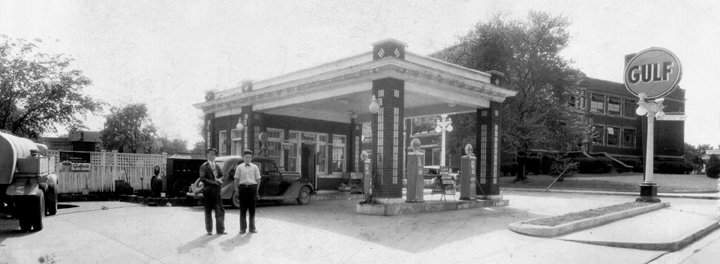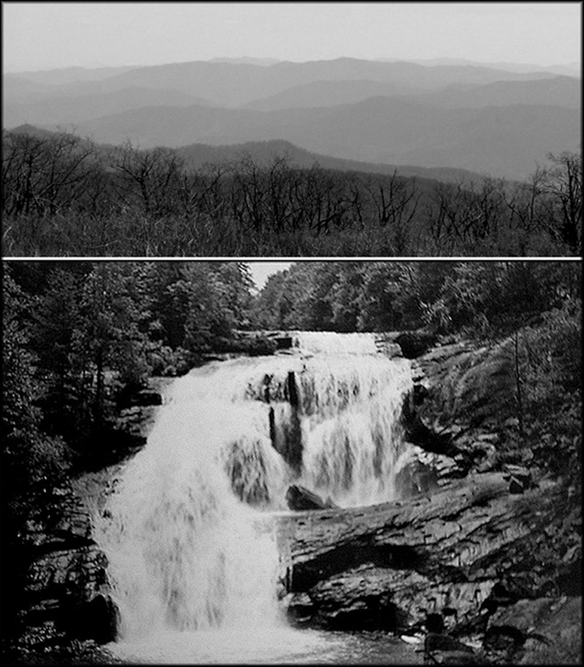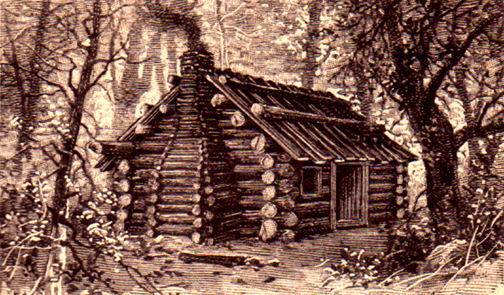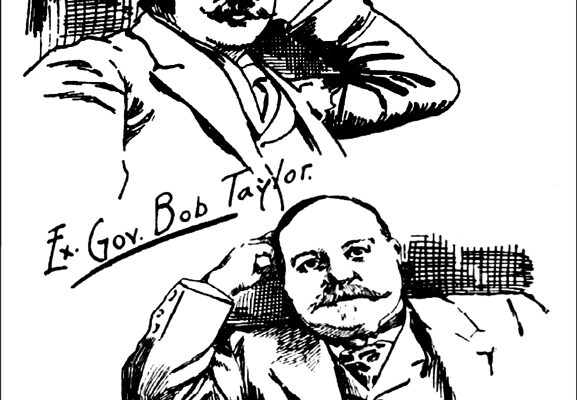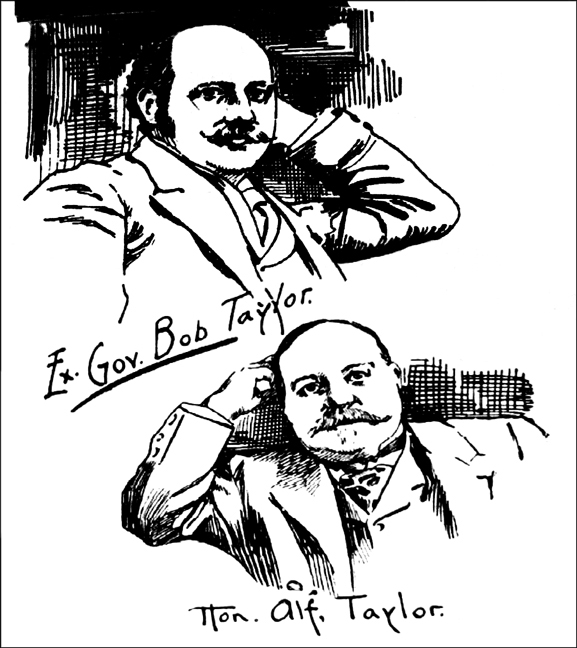I received a letter from Tommy Thomas of Johnson City, containing two high quality photographs of Johnson City as it appeared in 1949. “As an avid reader of your column in the Monday edition of the Press,” said Tommy, “I thought you might be interested in the two photos I have enclosed.
“I was a Gulf Oil distributor in the 1970s and 80s. I sold to Appalachian Oil Company but have since retired from the business. My grandfather and father were also distributors of the company. The Gulf service station in the smaller photo was located at the corner of Fairview Avenue and N. Roan Street. The old Junior High School building can be seen to the right in the background. The operator of the business was a gentleman named Roy Trivette. I think he is the person on the left in the photo. He operated the station for many years in the late 1940s, 50s and 60s. The Gulf Oil Company razed the building in the 1970s.”

The other photo reveals a parade in the downtown district that, according to the license plate of the front truck, occurred in 1949. According to Thomas: “Note that the front gasoline truck belonged to R.Y. Foster. He sold Esso products at that time and ceased operating his business, I think, about 1970.”
Based on an examination of both photos and the additional use of a 1948 City Directory, I made some observations:
The service station photo shows Trivett Service Station, as Tommy pointed out, located at 405 N. Roan Street. Kiser Funeral Home was directly across the street from it. Tommy’s father was a distributor for Gulf Refining Co. The bulk plant was situated at 940 W. Walnut Street. To call them, a person picked up the phone receiver, listened for the operator to say “number please” and gave her the number “80,” after which she would say, “Thank You.” Can you imagine a telephone number that low?
The small sign on the back fence to the left reads, “Drain Your Oil. Change to Gulfpride.” A display rack containing several cans of oil is positioned between the two front gas pumps making it convenient for service attendants to add oil to a customer’s vehicle. This was when these stations offered free service (oil, water and tire pressure checks plus cleaning the windshield). Two additional gas pumps are adjacent to the door leading into the building. A shared outside restroom on the left side of the building contains these words: “Ladies and Men’s Room.” Note the decorative light globes mounted on the brick pillars and a free standing one to the right.

Thomas’s other photo looking east on of E. Main Street is a heart tugging nostalgic journey back to the downtown area. This was the Johnson City that many of us remember.
The license plate is in the shape of the state of Tennessee. The sign on the bumper of the two front trucks reads, “This is Oil Progress Week!” This was a time of celebration when the city paid its respect to the petroleum industry for the significant part it played in past, present and future economic welfare. Although the crowd is modest, a line of trucks can be seen extending up the hill, past the Post Office on the right and out of sight.
Does anyone recognize the police officer standing in the middle of the photo? Could that be Earl Byrd, a patrolman from that era? His patrol car, a black Ford coupe with an emergency light on top, is parked in the road behind him purposely blocking traffic. The sign on the lamppost at the crosswalk reads, “Keep to the Right.”
Several street lamps can be seen on both sides that are typical of that era. Note the two-way traffic flow on E. Main instead of the current one-way flow east. The parking meters appear to be tiny compared to those of today. A small water fountain is barely visible, located on the far left side just to the right of the hedge (left of the lady). It attracted much attention throughout the years, especially on hot summer days. This plaintive device was nothing compared to the majestic bronze Lady of the Fountain that once stood facing east on Fountain Square. It was removed in 1937 and relocated to Roosevelt (Memorial) Stadium.
Note how the people are dressed; most of the men are wearing hats and are decked out with coats and ties. The women appear to be wearing dresses.
Allow me to guide you on an imaginary walk beginning at Fountain Square and going east on the south (Hamilton Bank) side of the street to Colonial Place (later renamed Colonial Way and Colonial Drive). We will then return by crossing Main Street to the north side of the street and traveling west. See how many businesses you can remember:
Snyder-Jones Pharmacy, Calfee & Swann, Fields Department Store, Congress Barber Shop, Jones-Vance Drug, (crossing Spring Street), Hamilton Bank Building, Carl H. King Co., Hollywood Shop, Southern Shoes, Goldsteins Store, H.E. Hart Jeweler, Peoples Drug Store, Thomas’ Men Shop, Thomas’ Lady Shop, Sterchi Brothers Stores, Dosser’s Department Store, Beckner’s Jeweler, Christiansen’s Café, Smythe Electric Co., Lorraine Shops, Booze Brothers Shoes, The Hat Shop/Plaza Fashions, Masengill’s Women Clothing, (crossing Roan Street), King’s Department Store, Charles Store, Ben’s Sport Shop, American Optical Co., Gunner Teilmann Florist, Siler & Co. and Marshal Brothers Lumber Co.
This brings us to Colonial Place where we will cross Main Street to the north side and return to Fountain Square by going west. Again, note all the businesses along this side of the street:
Home Federal Savings & Loan, General Exchange Insurance Corp. / Singer Sewing Machine Co., Montgomery Ward, J.C. Penney, Peoples Bank, (crossing Roan Street), Liggett’s Drug, F.W. Woolworth, The Young Set, The Jewel Box, S.H. Kress, Majestic Theatre/Barber Shop, Kinkead’s Flowers, Thom McAn Shoes, Cole Drug, The Budget Shop, Kinney Shoes, McLellan’s Department Store, Liberty Theatre, Darling Shop, Betty Gay Shop, Wallace’s Shoes, Hannah’s Men Clothing, Glamor Shop Women’s Clothing, Parks-Belk Department Store, Glen-More Clothing Store and Anderson Drug Store. This brings us back to Fountain Square. If only we could actually make that trip.
Two other businesses on Fountain Square visible on the left side of the photo are the Mecca Restaurant, and Mullins Jewelers. Just inside the door to the right of Mullins is a set of stairs leading upstairs to eight professional offices.
A hardy thanks is extended to Tommy Thomas for sharing his wonderful photographs and story with us.
www.bcyesteryear.com
